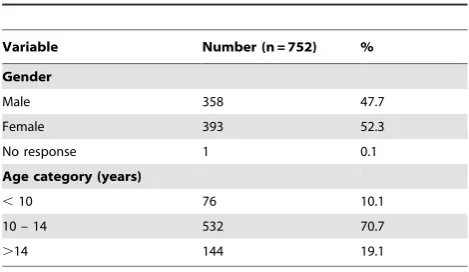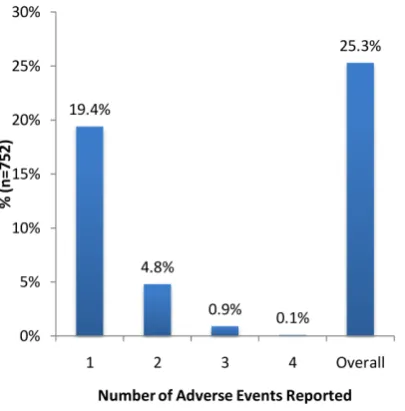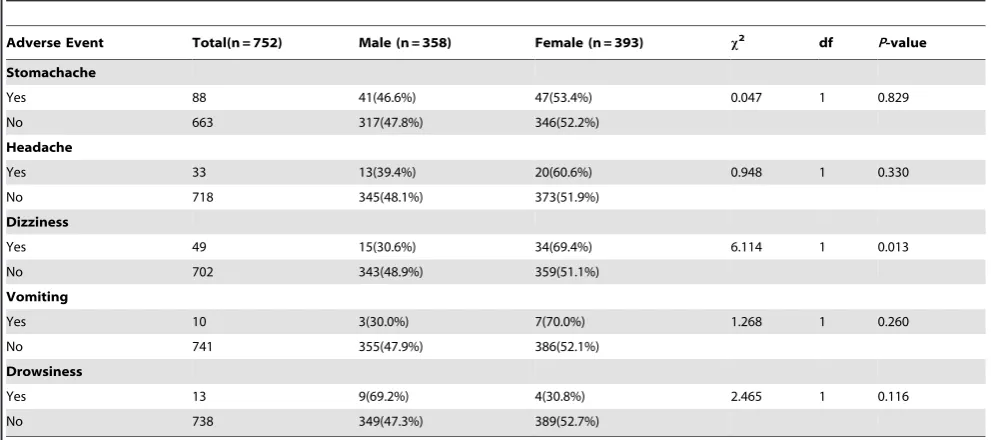A School-Based Cross-Sectional Survey of Adverse Events following Co-Administration of Albendazole and Praziquantel for Preventive Chemotherapy against Urogenital Schistosomiasis and Soil-Transmitted Helminthiasis in Kwale County, Kenya
Full text
Figure



Related documents
We hypothesized that the implantation parameters of the femoral component could be optimized using a finite element model of the knee joint in combination with or- thogonal
: Recruitment of Yoruba families from Nigeria for genetic research: experience from a multisite keloid study. BMC Medical Ethics 2014
Gravity and resistivity data were used in the present study for groundwater exploration using a joint inversion process to determine the thickness and resistivity distribution of
We are aimed at building a motor vehicles collisions detection system on top of a joint model consisting of an artificial neural network (ANN) and a motion detector
more people share information about various topics, named entity recognition for these non-traditional entities becomes more important; especially using data collected from
However, the Court observes that if the basis of this Judg- ment were to be affected, the Applicant could request an examination of the situation in accordance
T h e development of RFLPs as genetic markers in any organism involves three phases: (1) development of probes; generally either random low copy number genomic fragments,
fumigatus -infected rabbits (0% of rabbits had false-positive results) and their controls (14% of rabbits had false-positive results) and gave an overall specificity in tests with